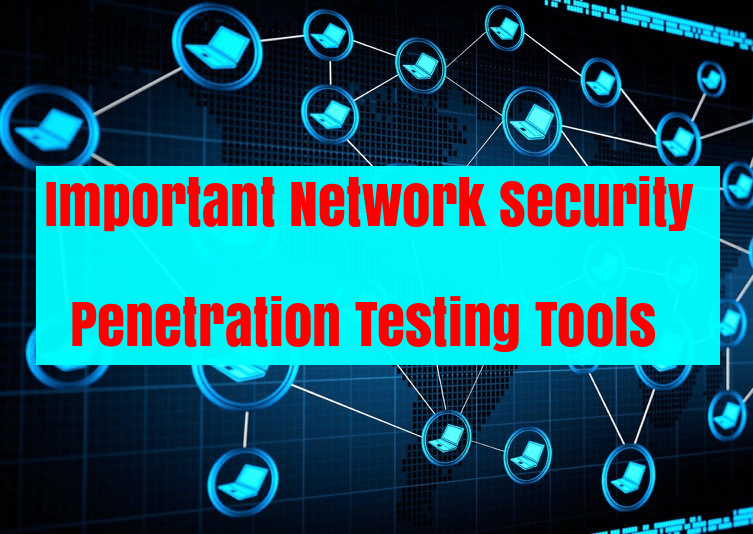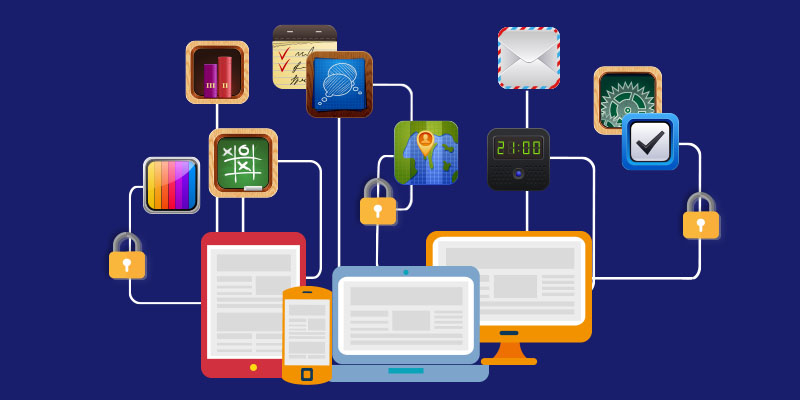5 Best Network Penetration Testing Tools

Any form of penetration testing requires one to think like a hacker – often called ethical hackers or ‘white-hat hackers’, the most efficient network penetration testing service providers should be able to completely explore the scope of testing. This provides them with the required information on the kind of attacks and the required network penetration testing tools for gaining a comprehensive picture of the firm’s security posture.
Most online penetration testing tools are automated and designed to perform the tasks of vulnerability analysis in order to reduce the time taken for repetitive tasks. However, the difference between them is that vulnerability scanners work on identifying known security risks while the pentester looks for the same issues and then uses the pentesting tools to launch specific attacks.
5 Network Penetration Testing Tools for Best Results
Network pentesting tools should provide a mix of services from complex utilities to quick scans using proper system research and designing of attack methods. All attacks should be recorded for further analysis and there should be provisions for targeting each kind of operating system. Here are a few examples:
- Netsparker
This vulnerability scanner operates as a penetration testing tool and focuses on web application vulnerabilities. It provides a browser-based crawler which tests for known security issues and then customizes the actual attacks for further exploitation using other tools. There is an option for manual testing runs and initiating continuous automated scans for checking the network’s proof-of-resilience.
- Zenmap
This tool has mostly similar features to Nmap with an easier display and graphical representations for the testing and analysis of the target network. The procedure begins with the scanning of the network including all of the devices and its endpoints for gathering information on possible vulnerabilities. Hackers require this information after breaking into one endpoint and establishing control over the connected network devices.
Zenmap also looks for information about the network by capturing packets and scanning the headers, similar to Nmap. This feature can be used to identify the endpoints manually and gain further information on the device settings. The tool functions on different operating systems such as Windows, Linux, MacOS, etc.
- Acunetix
Mainly a vulnerability scanner, Acunetix is also used for on-demand scans for penetration testing procedures. Different testing options include external scans for verifying the weaknesses in web applications and networks along with their external profiles. It also conducts internal scans for spotting and exploiting vulnerabilities within different endpoints. Acunetix’s external scanner has the capacity to detect over 7000+ security risks which includes the OWASP Top Ten while the internal scanner can verify more than 50,000 security vulnerabilities often known as OWASP Penetration Testing.
An important feature of this network pentesting tool is its ability to be used for dynamic, static, and interactive application security testing (DAST, SAST, and IAST). This makes it ideal for a DevOps operation since the tool can be integrated into the software development project management systems. Acunetix is used for vulnerability scanning, penetration testing, and testing in the CI/CD pipeline.
- Metasploit
With both free and paid versions, Metasploit focuses on both manual testing techniques and automated with the Pro (paid) and Framework (free) versions. The vulnerability scanner involved can verify more than 1500 security vulnerabilities and the paid version offers a browser-based graphical user interface. The free version also offers the manual attack method such as brute force password cracking, which becomes automated under the paid version. This tool works great for forming and initiating attacks within the network.
- Burp Suite
Burp Suite offers three versions to users – the Community, Professional, and Enterprise editions – and is known for offering both research and attacking facilities. The automated vulnerability scanner is only available in the paid version (Enterprise edition) but shouldn’t be an obstacle to most pentesters since they need to manually formulate most attacks. The best feature offered by this tool is the ability to separate multiple tasks and be fully organized when conducting different stages of a testing process. You can also copy data from one screen to the next, allowing you to do so from the research to the attack screens.
The tool functions using a combination of attack methods such as packet capture, system hijacking, etc which makes them practically invisible to the user. The tester can also set up sample data within a file for hacking attempts such as credentials cracking with the help of a password generation tool or a credentials dictionary.
These are a few tools that are widely used by network penetration testing teams to evaluate the resilience of the company network. When it comes to the hacker’s tool case, it’s important to conduct ethical hacking using the tried and tested methods for ensuring ultimate protection. The firm and the chosen third-party service provider should understand the requirement and choose an appropriate vulnerability scanner/on-demand testing tool for an overall system run-through while ensuring complete network security.






